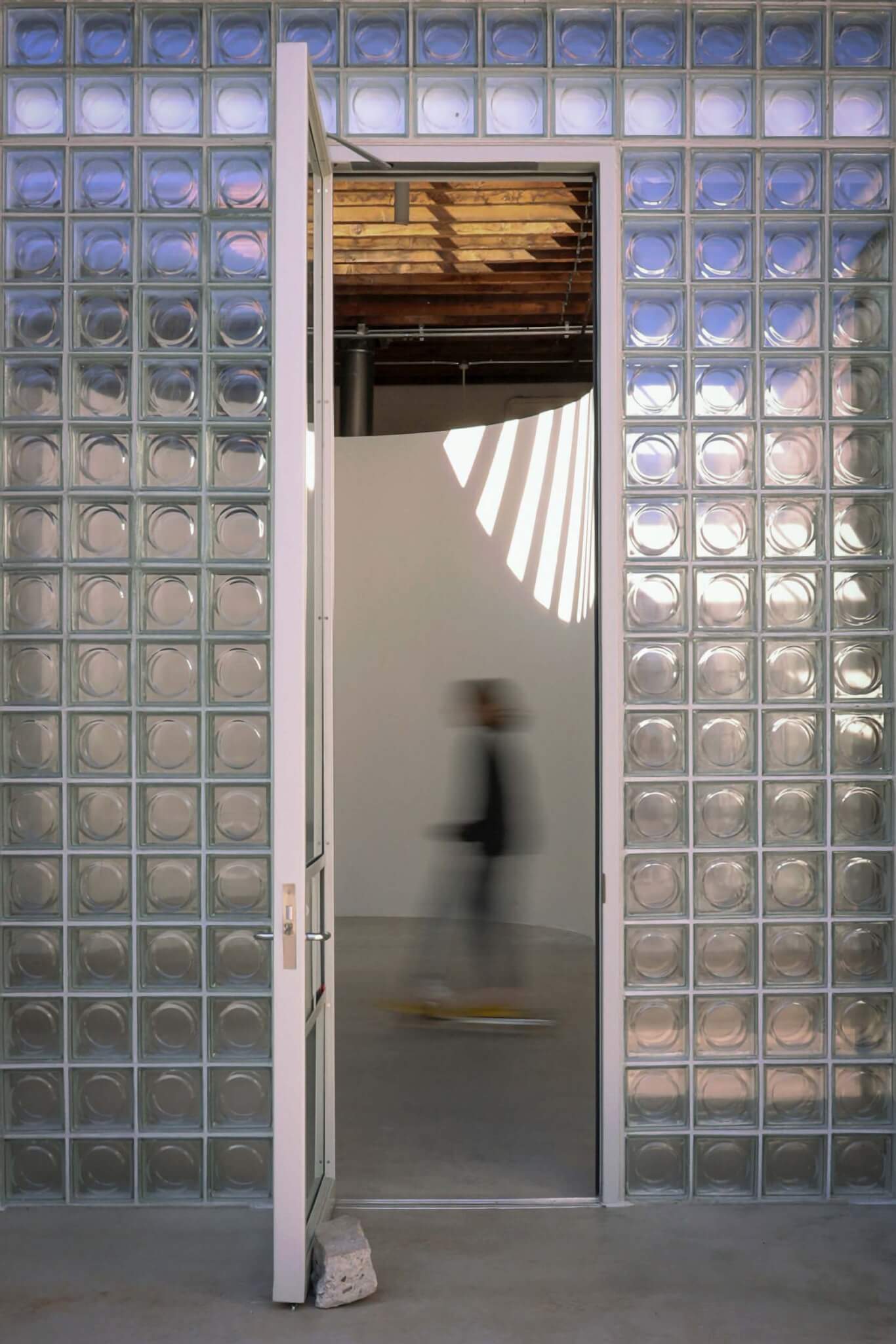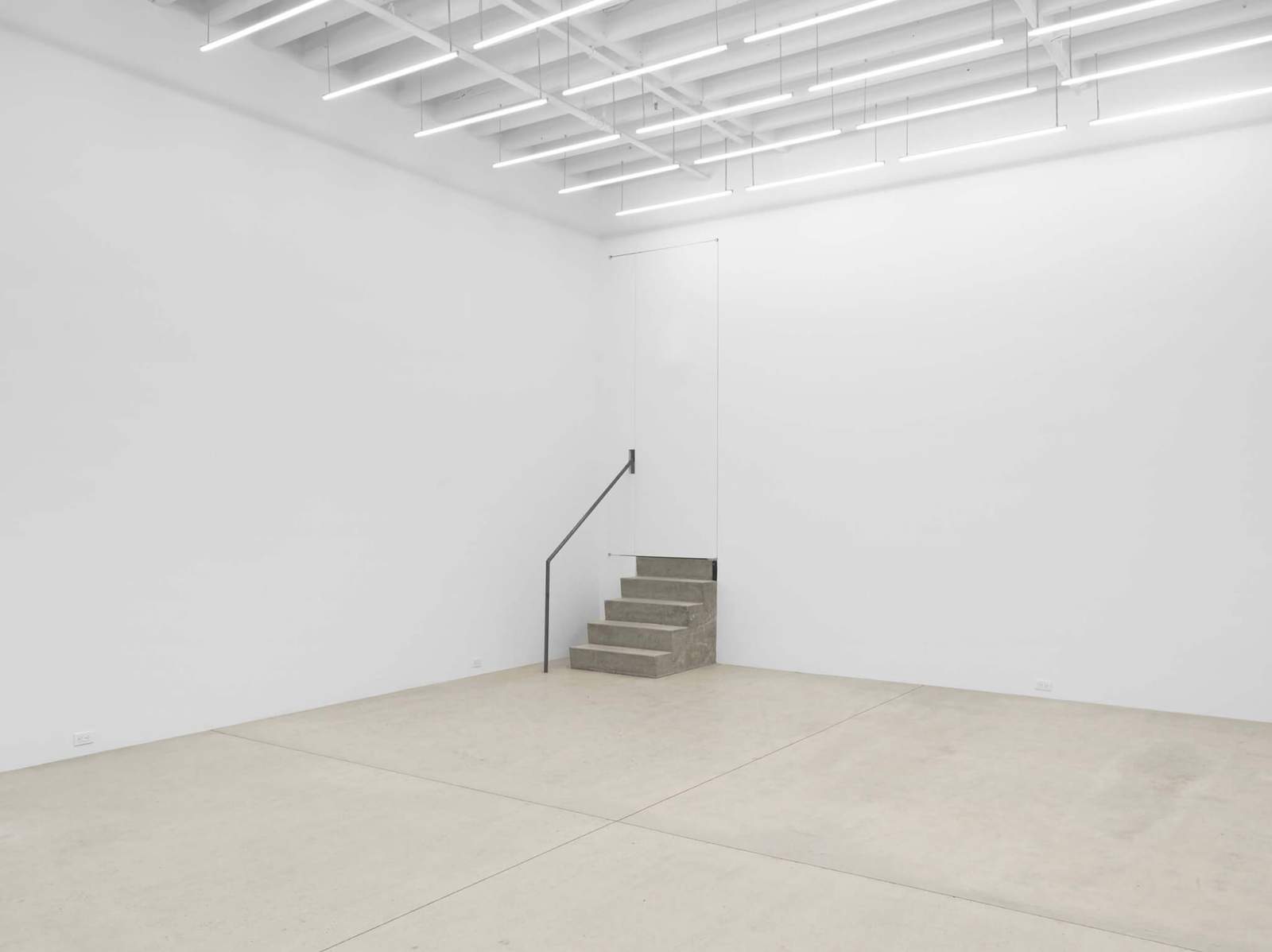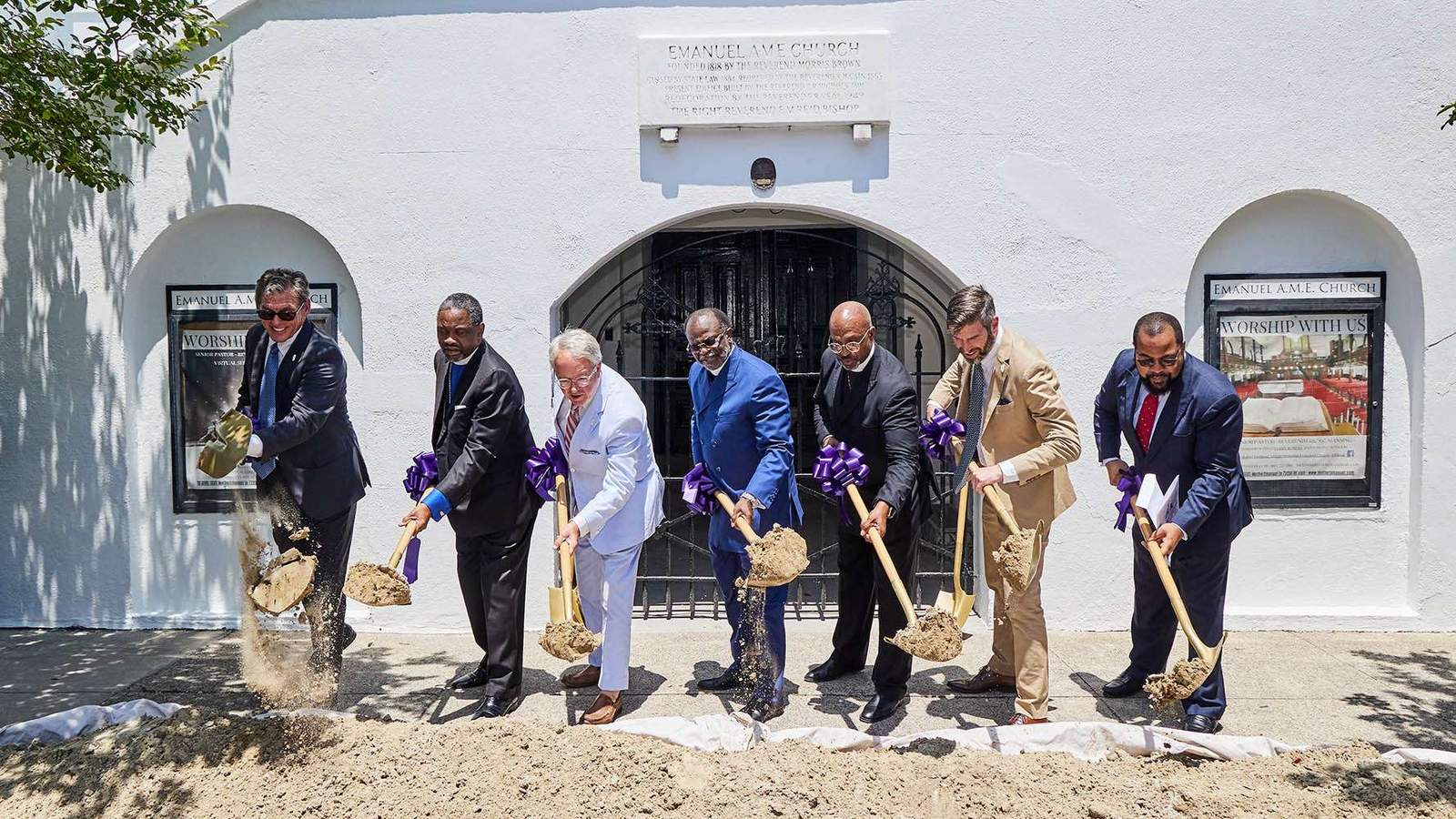In the past, what was branded as “serious” architecture came down to a “personal” signature whereby forms and moves could be indexed against a self-delimiting set of concerns that, over the years, generates an oeuvre.
Davies Toews Architecture’s work isn’t that. Rather than valorize a fixed formal agenda, it cultivates opportunities for harnessing the incidental. Indeed, the strength of the office—founded by Trattie Davies and Jonathan Toews in 2012 (it’s since gone through a couple of iterations, with the name formalized in 2016)—lies in the coordination of well-laid plans and happy accidents. This can be seen in their work to date, in which thoughtfully resolved details for apartment rehabs or small public spaces manage to feel impromptu, as opposed to fetishistic. Even a now-dismantled gallery for 1stDibs, though premised on a gradient of viewing strategies, seemed invested in oblique moments of discovery and surprise. “Sometimes our projects feel like they ping-pong, like the path forward is unpredictable,” Toews told AN. “Things happen, and we take note. Everything else is process.”
Knowing when and how to leverage chance into felicitous outcomes requires its own form of dedication. For Davies and Toews, who earlier in their careers passed through large firms including Gehry Partners and Ennead, respectively, a commitment to open-endedness should be reflected in the space of the design studio itself. In their East Village storefront office, the principals, like the six other team members, sit at desks facing the entrance. Everyone is within earshot, whether someone is on a phone call, FaceTiming with a counterpart at a construction site, or sculpting a model into shape. Models—some of them made from provisional materials, others appearing more stolid—seem to line every available surface. For the most part, they aren’t positioned with any sense of gravitas: A salient idea gets pinned to the wall, and just as quickly it’s displaced by another spur-of-the-moment study. A collegial air and lack of proprietary pretense prevail.
“Early into the pandemic, we found that we really can’t work remotely,” Davies said of the several months the staff spent apart in 2020. “We need the intuitiveness that comes from all being in the same space.”
To have enough space for employees to work with some distance, Davies and Toews took out a lease on a small storefront around the corner. What began as an office annex has morphed into a space for general use, be it a wood shop or Rabbit Rabbit, a pop-up gallery where collaborators are invited to showcase side projects. The last exhibit, by shop manager Sam Oldshue, consisted of offcuts from bespoke millwork he made for the interiors of a mountain chalet project; turned upright and poised like sculpture, the jigsaw discards are emblematic of the studio’s appreciation for the off-kilter and unexpected. Or as Davies summed it up, “Side effects are wonderful.”


Cody & Wyckoff
2022
This commercial complex in Ridgewood, Queens, has what Davies called an “interpretable program.” Initially, one arm of the U-shaped development, which refurbishes an old knitting factory, was supposed to be taken up as a music venue and the other given over to offices. Both would be linked by a circulatory bar and have access to a shared courtyard; the tall, regular openings on either side would create something like a loggia. The venue was eventually dropped from the brief, but the general idea of loft space remained. A testament to the mettle, or elasticity, of the architects’ concept? Toews isn’t totally sure: “I’m wary of the word flexibility because it implies genericness. We put in a lot of details that give the building a lot of warmth and character.” Glass block enclosing the entrance portico plays off the existing texture of white-painted brick walls and timber ceiling joists, the latter of which span a series of circular skylights. An apse-like volume contains the bathrooms and a 25-foot-long masonry sink. Rather than seeming random, the classical inflection of these elements somehow feels appropriate.


149 Canal Street
2022
Before they consolidated their office in its current form, Davies and Toews had a productive partnership with the architect Frederick Tang. Among other projects, they designed an outpost for the art gallery Magenta Plains, which capitalized on an anomalous through-block storefront on Manhattan’s Lower East Side. When the gallery outgrew these digs a few years later, its directors went back to Davies and Toews (Tang had formed his own practice in the interim) to renovate three floors of a building on Canal Street, several blocks south in Chinatown. Located at the entrance to the Manhattan Bridge, the property was not without its quirks, including wonky floor plates that matched the sharp angle of the bridge’s feeder road. But other vagaries proved, in a sense, foundational: After settling on an initial design, Davies and Toews discovered that the basement level was several feet deeper than indicated in the existing documentation. They amended their plans for three tiers of galleries, dropping the bottommost floor to create, rather felicitously, a 16-foot-tall gallery.

Ski Hut
2020–
Visitors to the office’s studio are greeted by a large, blanched model of this chalet for Saddleback Mountain, a ski resort in Rangeley, Maine, realized in collaboration with the PARC Foundation. The triangular wedge of the building, like a knife cutting through a forest clearing, is topped by an outsize hat of crinkled paper, whose texture matches that of the surrounding would-be trees. Now under construction, the pavilion’s vaguely Miesian base is outfitted with thick tar-painted clapboards, while its oversize headgear is modulated to accommodate plantings. “It’s about blurriness versus crispness,” Toews said. That contrast will be best appreciated in the depths of winter (beginning with the 2024/25 season) when the architects expect as much as four feet of snow to accumulate on the roof. A great deal of structure is needed to support all that weight, but with the interior ceiling height set at eight feet—all the more conducive to a cozy feeling of oneness with the panoramic mountainous backdrop—moments of release were called for. A honeycomb steel structure delineates pockets of airy attic space that contributes to “the feeling that the project is both small and big,” Toews said.


Opening the Edge
2021–
This long-gestating park project for Lillian Wald Houses in Manhattan’s Lower East Side perhaps best illustrates the receptiveness of Davies Toews’s practice. Also realized in collaboration with the PARC Foundation, the initiative, a project of the Design Trust for Public Space and proposed by artist Jane Greengold, necessarily entailed a community element, which was new for the office. The team developed early schematics using models with movable pieces that they then presented to a group of neighborhood representatives. Many meetings were held in the office annex. “We did all these shapes that we had them pick from,” Davies recalled. “If someone raised an issue with something, then we’d change it. They know the area better than anyone.” Nuanced positions on sight lines, grade changes, paving patterns, and overall porosity emerged. “We found ourselves being hungry for that feedback,” Toews said. The final iteration—a plaidlike interplay of pavers, grass, and spongy synthetic playscapes—was inspired by the incidental overspray left behind by an aerosol can–wielding designer. The composition hangs on the wall at the front of the office, waiting to be usurped by the next exciting idea.



